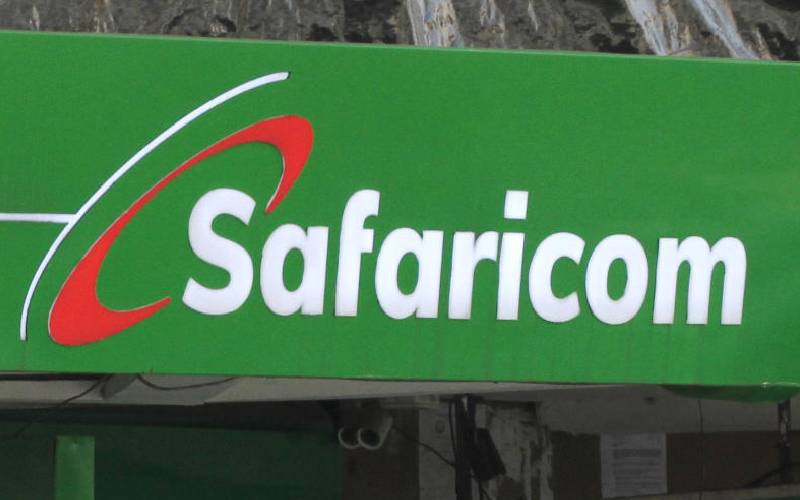×
The Standard e-Paper
Join Thousands Daily
By Kenneth Kwama
William Wrigley, who is fondly referred to as the ‘father of chewing gum,’ transformed a small soap business into the top chewing gum manufacturer in the world.







